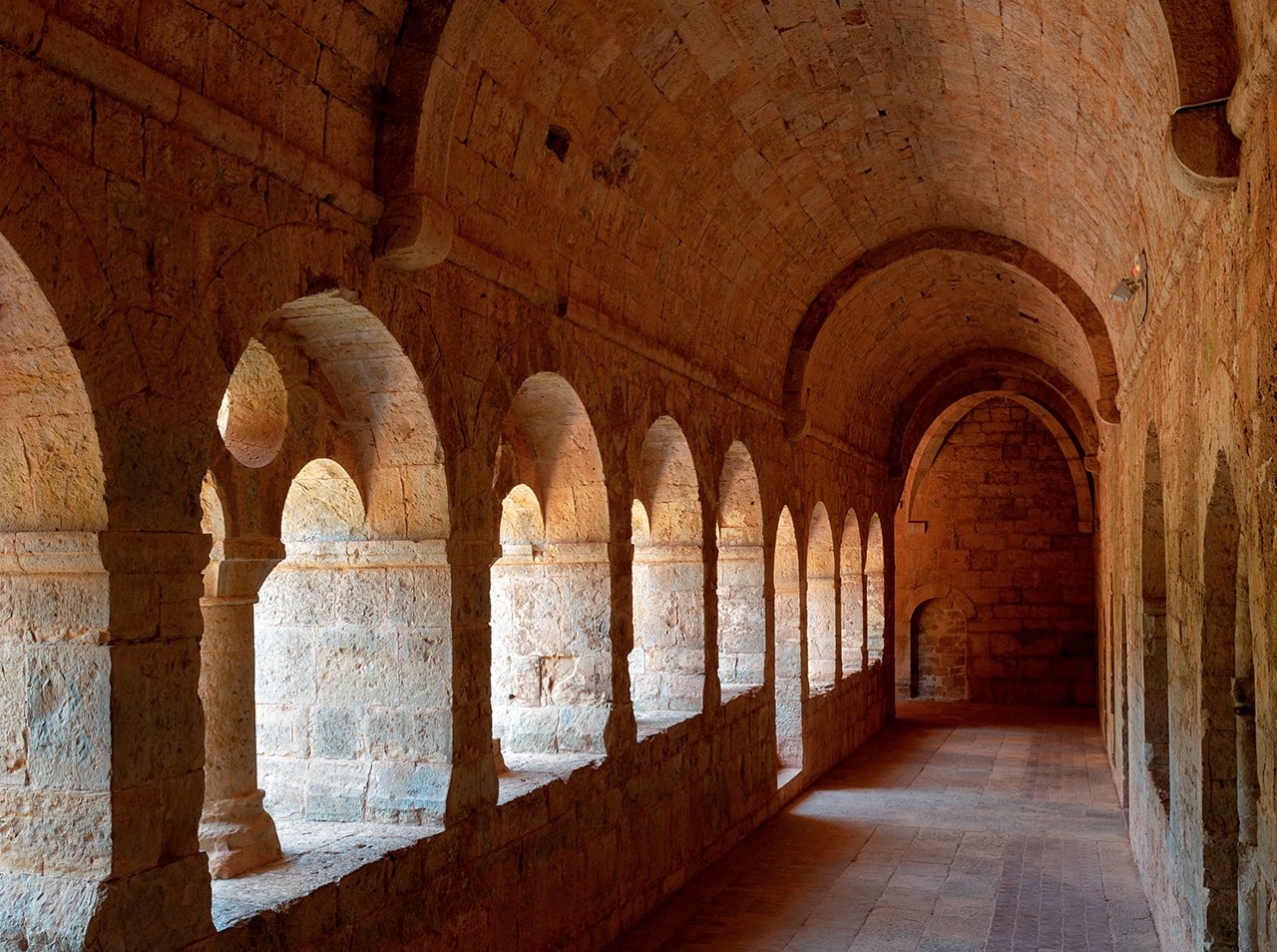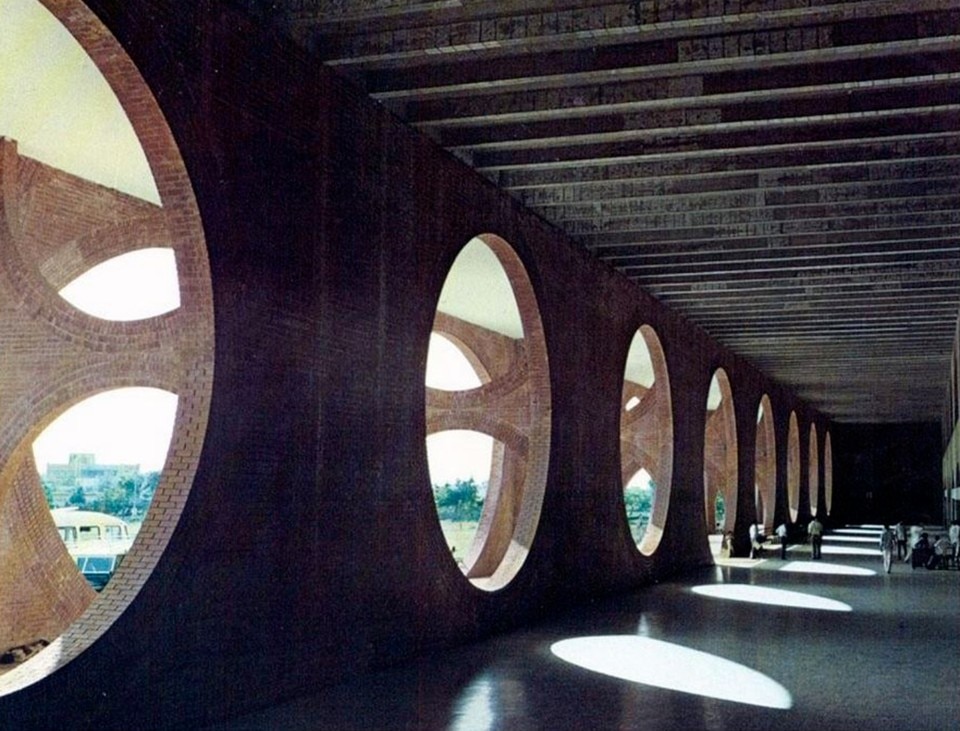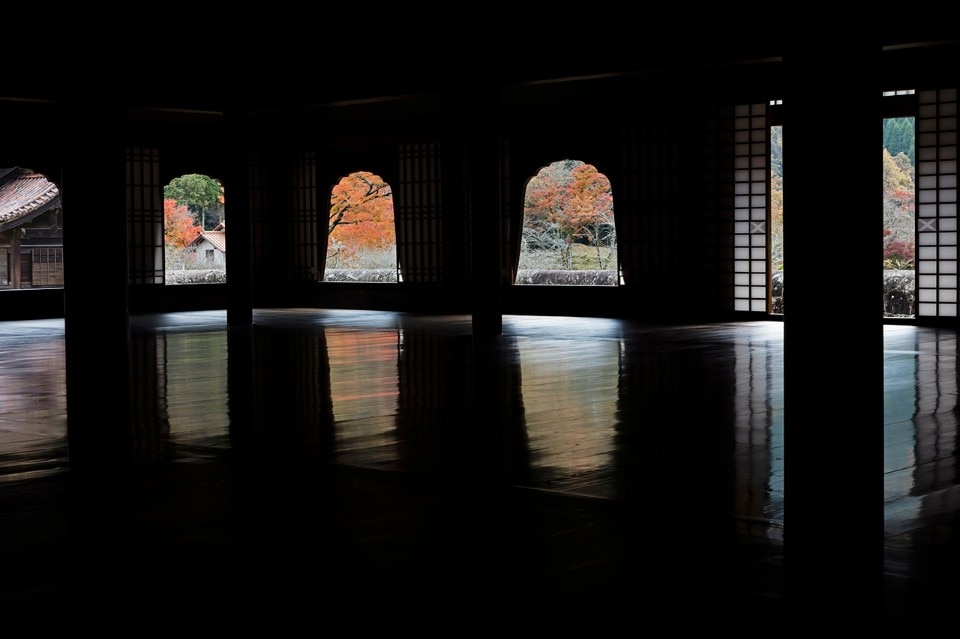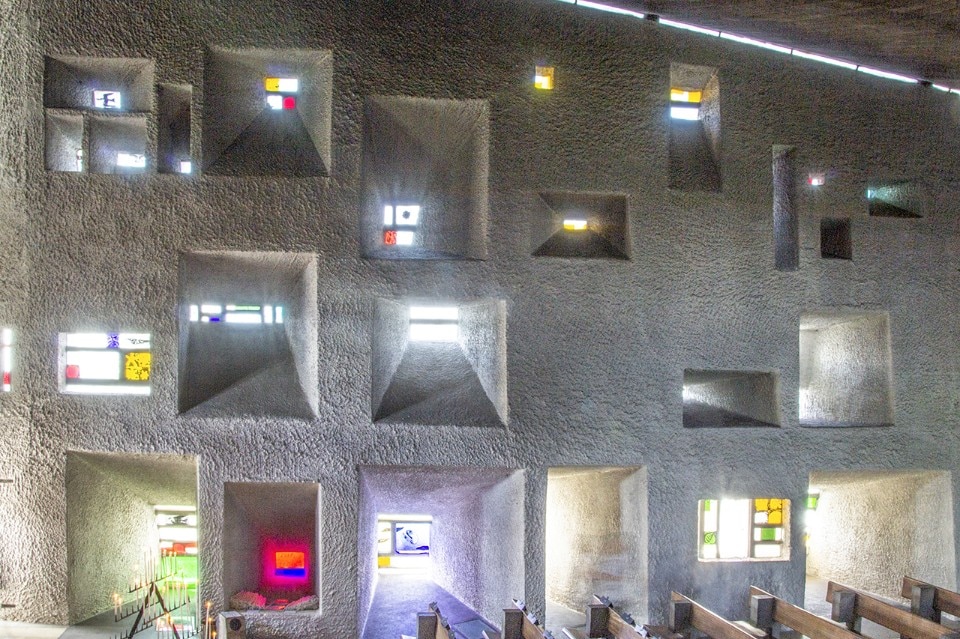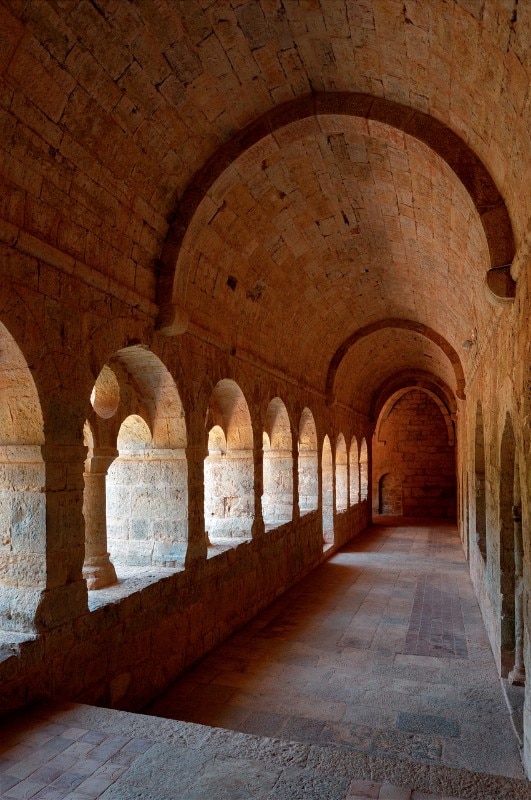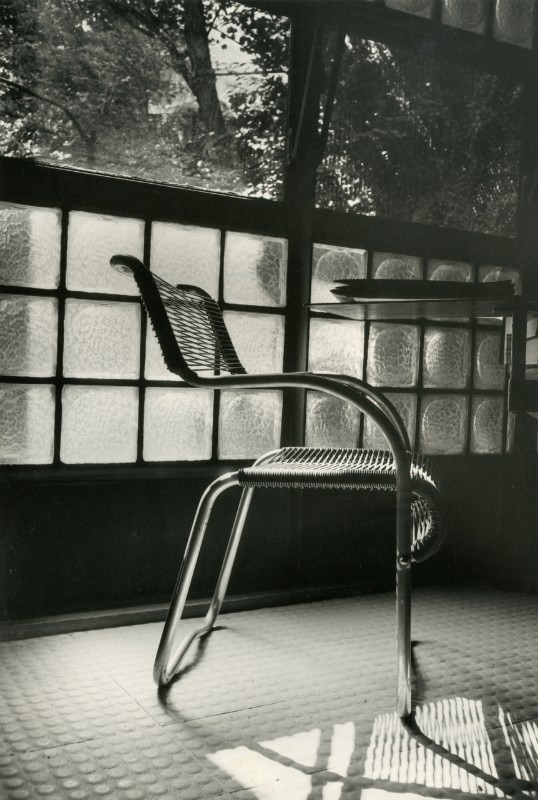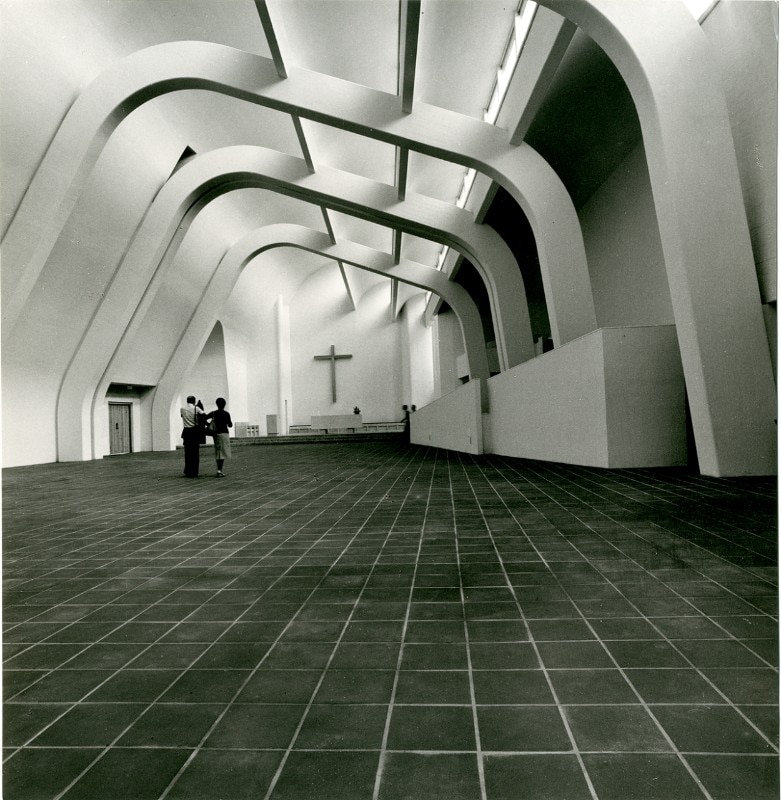If you ask me what the archetype of space is, my answer is, “the volume and direction of light”. It may be a rather austere definition but few would dispute that light has held sway at the zenith of architecture across all ages and places. Within Western architectural thought, the history and development of building construction has been marked by the creation of openings in stone masses to flood darkness with light and fresh air. Through this struggle, humans have found a meaning in light beyond its function of illuminating space.
Two places spring to mind when I think of this light. The first is the Pantheon in Rome, where the ever-changing streams of light flow through an oculus according to the sun’s movements. The second is Sénanque Abbey, where the ultimate spirituality is attained through pure and ascetic light. Light is a mirror that reflects the culture of place. Northern Europe knows frigid and dark winters while Southern Europe is favoured by bright and warm sunshine even during its colder months.
Despite sharing the same continent, each of these places has utterly disparate climates. Japan is a shimaguni (an island country) with a temperate climate so its architecture did not require dense, solid walls to separate the inside from the outside.
While artificial lighting technology is making great strides, we are gradually losing our physicality and innate sensitivity to natural light.
Traditional Japanese architecture contains living space between shoji (paper screens) and under timber umbrella-like roofs. The sunlight inside these structures is not intense and direct but a soft, indirect light that bounces beneath the eaves and projects into rooms through the shoji screens. The purpose of these spaces was not to control light but, conversely, to generate shadows.
In modern times, technological advancements in steel, glass, and concrete structures have allowed greater expressive freedom in building and the light in architecture has taken on a more nuanced and metaphysical character. Many brilliant sculptors of light have appeared not just in architecture but in many fields such as contemporary art and product design. The hands of these creators have proven the infinite possibilities of shaping light and darkness. So how can humans conquer light today?
While artificial lighting technology is making great strides, we are gradually losing our physicality and innate sensitivity to natural light. Furthermore, the degradation of the earth’s light environment, including the destruction of the ozone layer, is now at the forefront of the social debate. So I ask the following questions: what are the creators of our time trying to express with light? What are their expectations?


